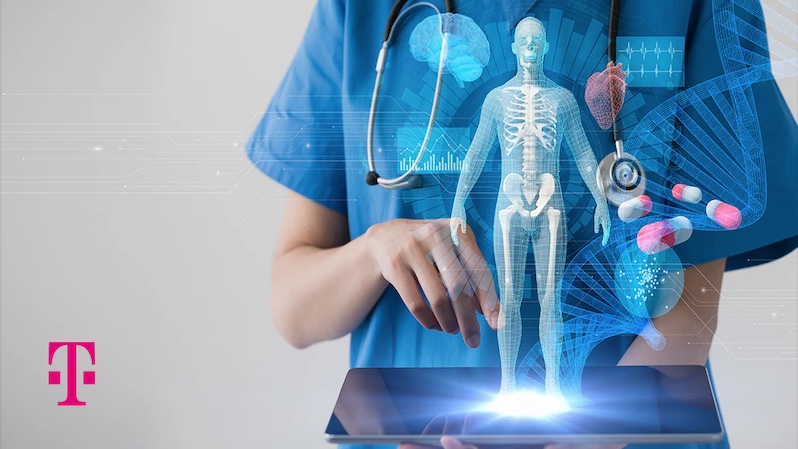Advancing Stroke Diagnosis with En Route Care and 5G‑Enhanced Technology

No one can predict when an emergency will strike, but being prepared can make all the difference. When every second matters, first responders need equipment they can trust to perform without fail. When lives hang in the balance, knowledge and reliability aren’t just important—they’re essential.
According to the Centers for Disease Control and Prevention, every 40 seconds, someone in the U.S. has a stroke and about every three minutes someone dies of stroke. Not only are strokes a leading cause of death in the U.S. but they are also a leading cause in serious long-term disability. Luckily, fatality rates have decreased in recent years — but there is still much to be done, and the path to saving more lives starts with earlier detection and diagnosis along with early and fast action when a person displays signs and symptoms of a stroke.
There are two main types of strokes, Ischemic and Hemorrhagic, but often there’s no way to tell what type of stroke a person is experiencing until they are already at the hospital. That’s because complicated, time-intensive tests like MRIs, CT scans, blood work and more are needed. When every second counts, being able to quickly diagnose and treat a patient leads not only to lives saved but also to higher likelihoods of full recovery. Because of this, first responders and ambulances must equip themselves with technology capable of treating stroke patients as fast as possible in emergency situations.
Ceiba Health is doing exactly that, leveraging its Integrated Tele-EMS technology platform in ambulances, on tablets enhanced by T-Mobile’s 5G network. With Ceiba’s custom Telestroke solution, EMS teams can connect with in-hospital doctors for en route diagnosis and treatment.
T-Mobile’s 5G network helps Ceiba-enabled EMS teams to diagnose and begin treating stroke patients before they reach the hospital. And the innovation doesn’t stop there. Working closely together, T-Mobile and Ceiba have deployed the solution on a network slice, only possible with a 5G Standalone (5G SA) network.
Network slicing enables Ceiba to instantly access the network resources it needs to reliably and securely transmit video and critical data from the ambulance to the appropriate doctors in-hospital, who work with the EMS team to make precise stroke assessments. In fact, slicing ensures Ceiba consistently gets lower latency and faster 5G speeds with access up to 5X the network resources of the average user, allowing EMS teams and in-hospital doctors to communicate as if they were in the same room. With this solution, stroke patients have significantly improved chances of making a full recovery.
Network slicing can do so much more, especially for first responders, which is why we built T-Priority — a solution that includes the world’s first network slice for first responders. T-Priority takes all the benefits of network slicing and boosts it to another level, with even more dedicated network resources and priority access, ensuring first responders have the network resources and tools needed to quickly and effectively communicate in emergency situations.
In addition to stroke care, Ceiba’s Integrated EMS technology platform can also connect doctors and specialized clinicians with EMS teams to enhance triage processes and administer advanced trauma care in the field during emergencies and en route to the hospital, all of which benefit by being on T-Mobile’s nationwide 5G SA network.
Ceiba’s in-ambulance solutions, paired with T-Mobile 5G network and network slicing are changing the way first responders and healthcare professionals provide care when and where people need it most. I am so excited to see how this technology develops and how Ceiba will integrate its technology into more lifesaving use cases and I know our network will be more than up to the task.

